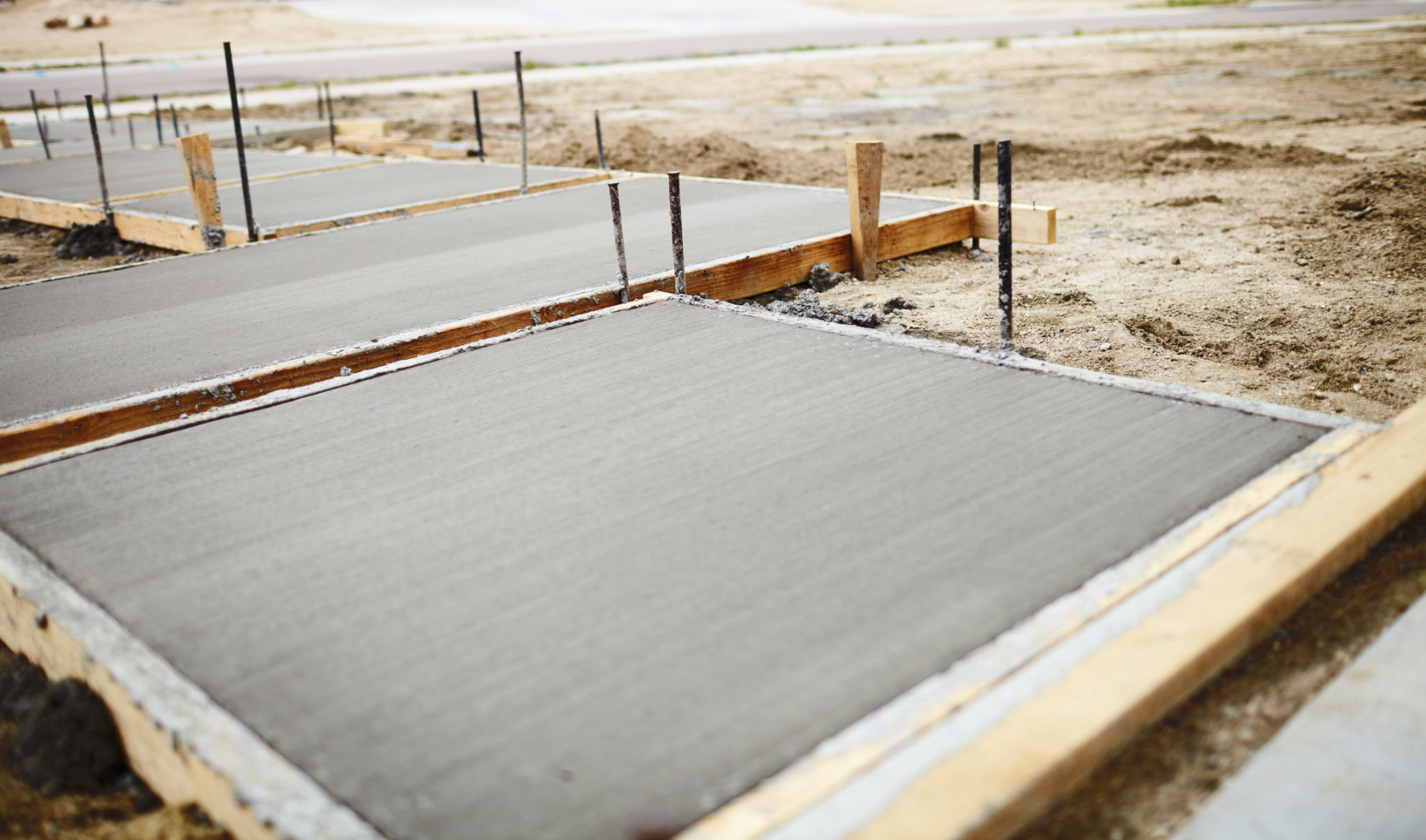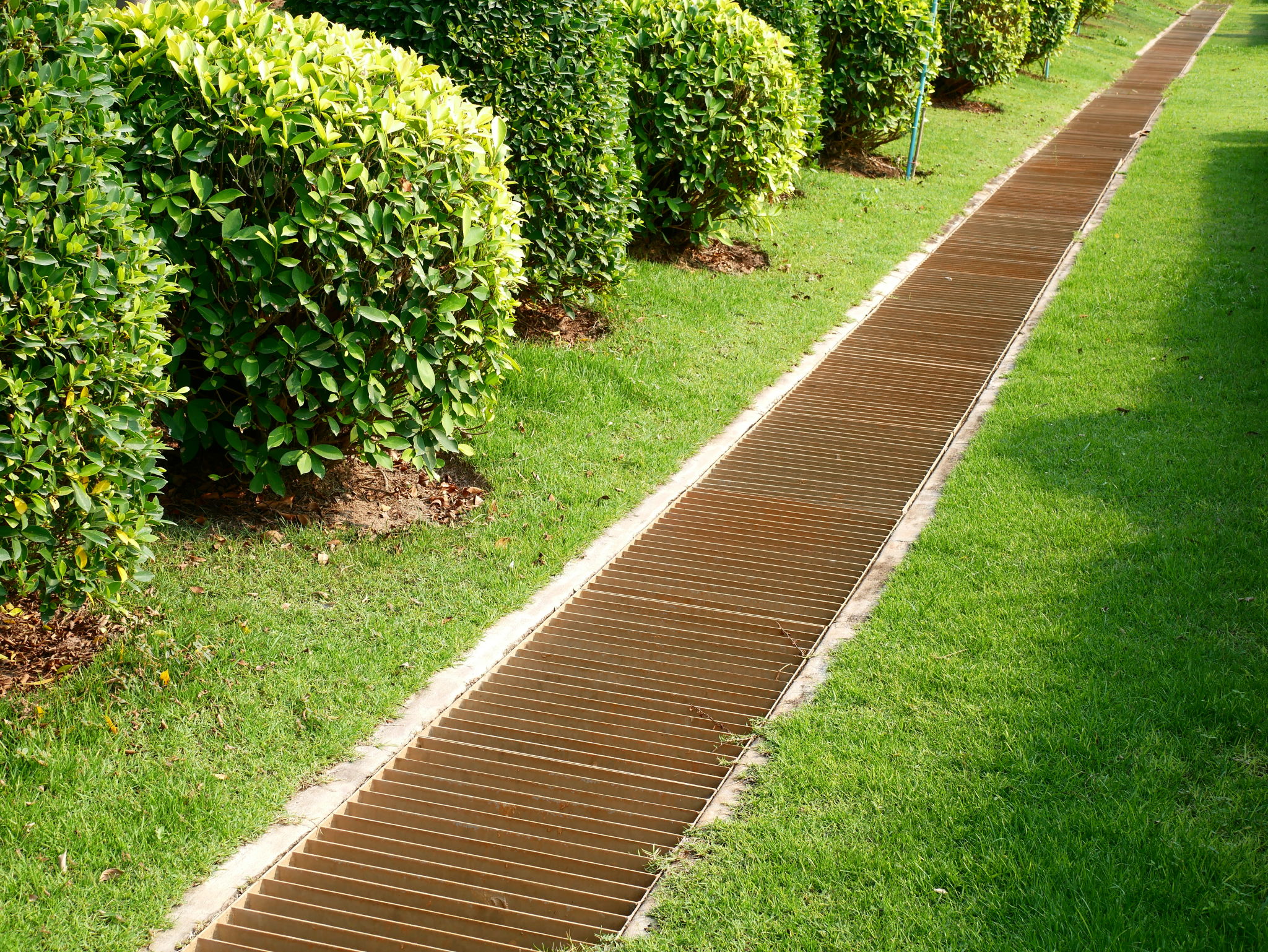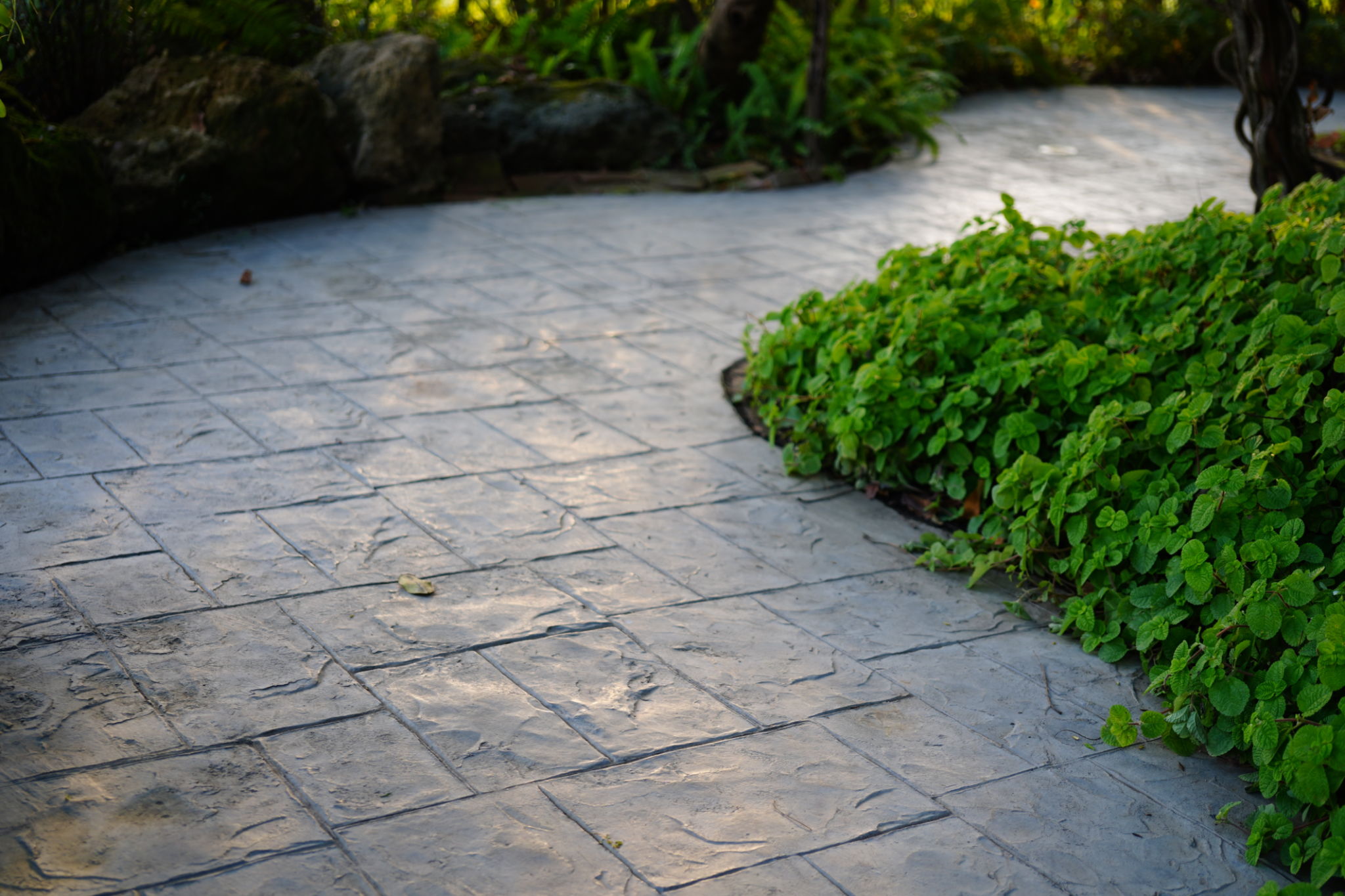How to Avoid Common Mistakes When Installing Concrete Patios
Understanding the Importance of a Solid Foundation
One of the most common mistakes when installing concrete patios is neglecting the importance of a solid foundation. A well-prepared base is crucial for the longevity and durability of your patio. Without it, you risk cracks and uneven surfaces. Start by removing any debris and ensuring the ground is level. Next, compact the soil and add a layer of gravel to facilitate drainage and provide stability.
It's essential to allow for adequate settling time before pouring the concrete. Rushing this step can lead to structural issues down the line. Patience is key to a successful installation.

Selecting the Right Concrete Mix
The choice of concrete mix can make or break your patio project. Opting for a mix that doesn't match your climate conditions or specific use can result in a weak structure. Research different mixes and consider factors such as weather exposure and foot traffic.
For example, if you live in an area with harsh winters, a mix designed to withstand freeze-thaw cycles is crucial. Consulting with a professional can provide valuable insights tailored to your unique needs.

Avoiding Improper Slope and Drainage
A common oversight during installation is failing to incorporate an appropriate slope for drainage. Water pooling on your patio can cause serious damage over time. Ensure your patio has a slight slope—about 1/4 inch per foot—away from your home to direct water runoff.
Additionally, consider installing drainage solutions like French drains or gravel beds alongside the patio. These features help in managing water effectively, preventing potential erosion or damage.

Ensuring Proper Curing Techniques
Once your concrete is poured, proper curing is essential to achieve maximum strength and durability. Many DIY enthusiasts make the mistake of not allowing sufficient curing time or skipping this step altogether. Curing involves maintaining adequate moisture levels in the concrete as it sets.
Cover the surface with burlap or plastic sheeting to retain moisture, and avoid walking on the new patio for at least a week. Patience during this phase pays off with a robust, long-lasting patio.
Avoiding Over-Complicated Designs
While intricate designs can be appealing, they often complicate the installation process and increase the risk of errors. For DIY projects, sticking to simple patterns can be more manageable and still yield stunning results.
If you're set on a complex design, consider hiring professionals who have experience with decorative concrete work. This ensures precision and minimizes potential pitfalls during installation.

Regular Maintenance Is Key
Even with flawless installation, regular maintenance is crucial to keeping your concrete patio in prime condition. Seal the surface every couple of years to protect against stains and wear. Regular cleaning will also prevent buildup of debris that can degrade the surface over time.
By following these steps and avoiding common mistakes, you can enjoy a beautiful, durable concrete patio for years to come. Remember, thorough planning and attention to detail are essential components of a successful installation.